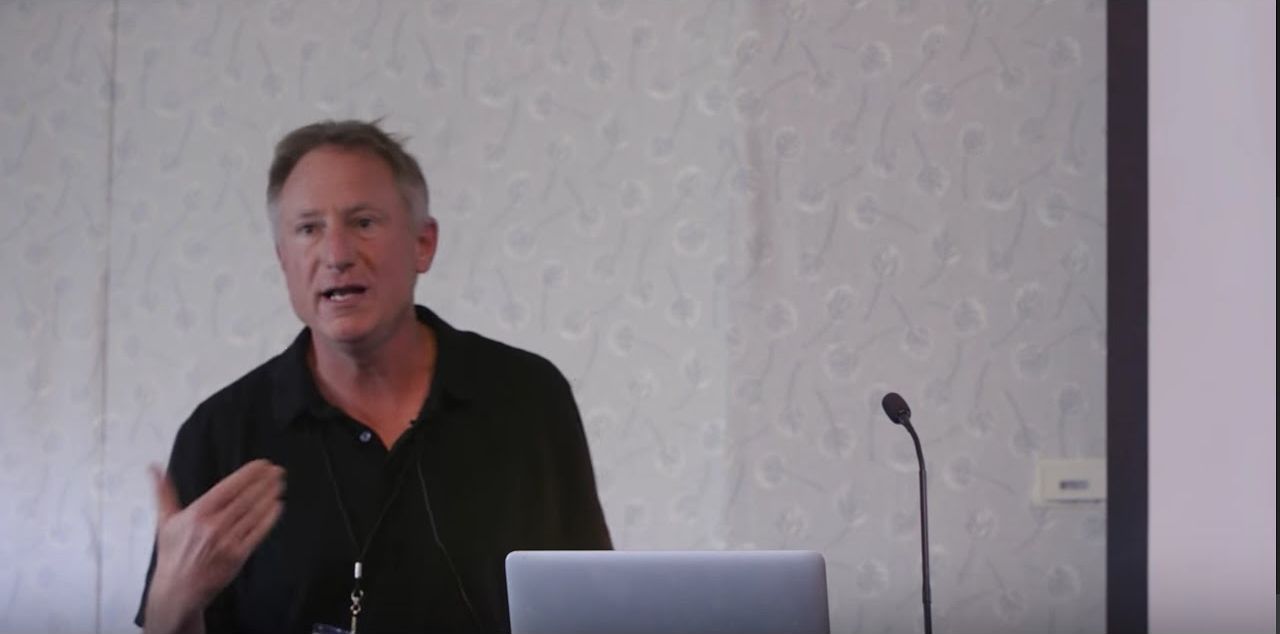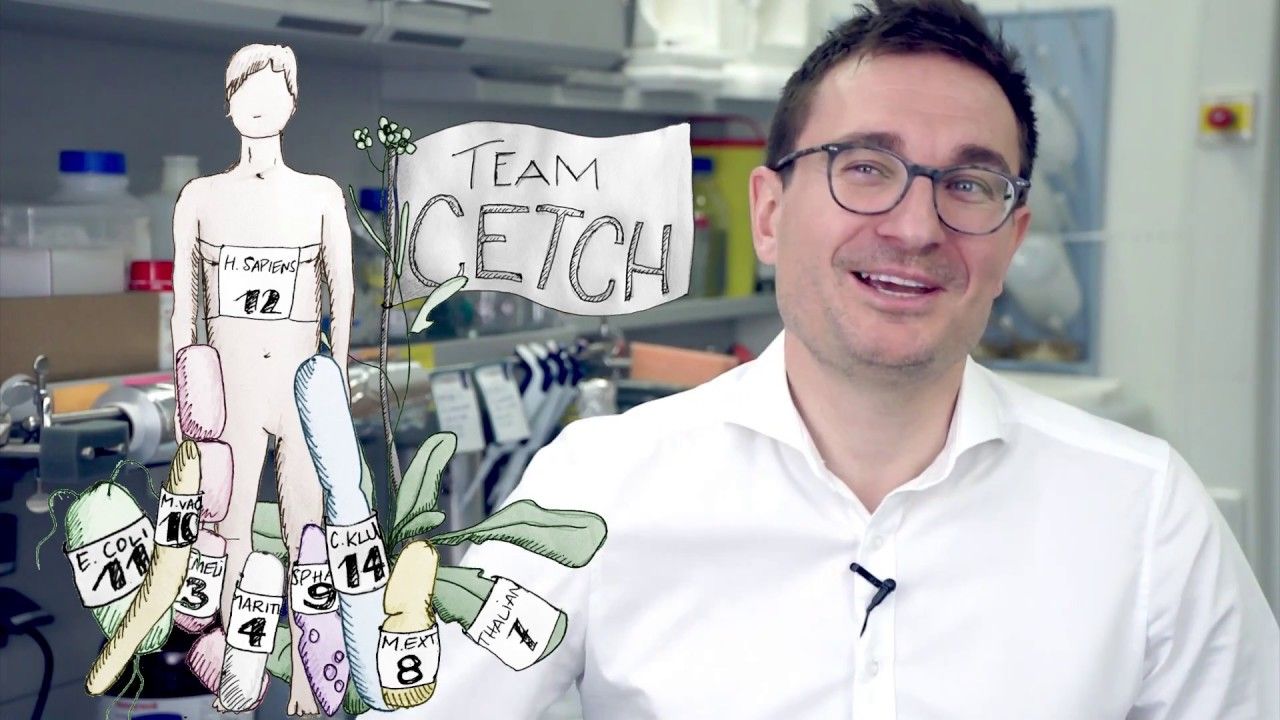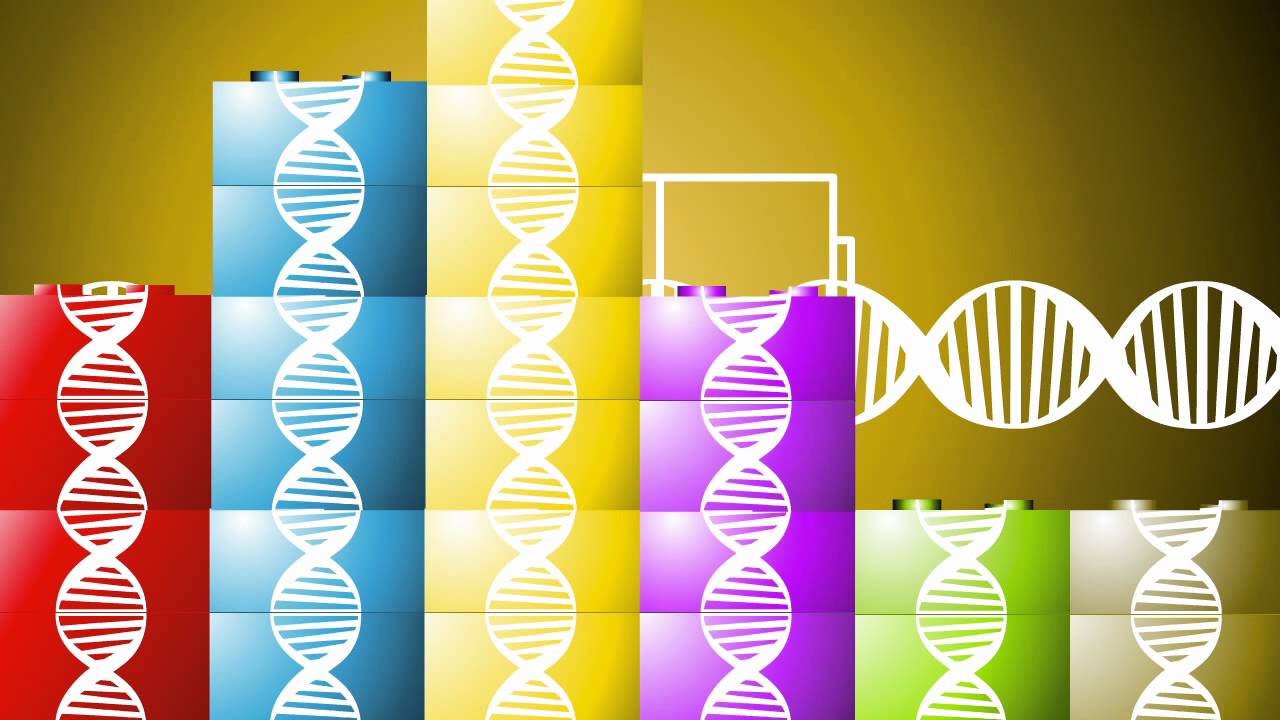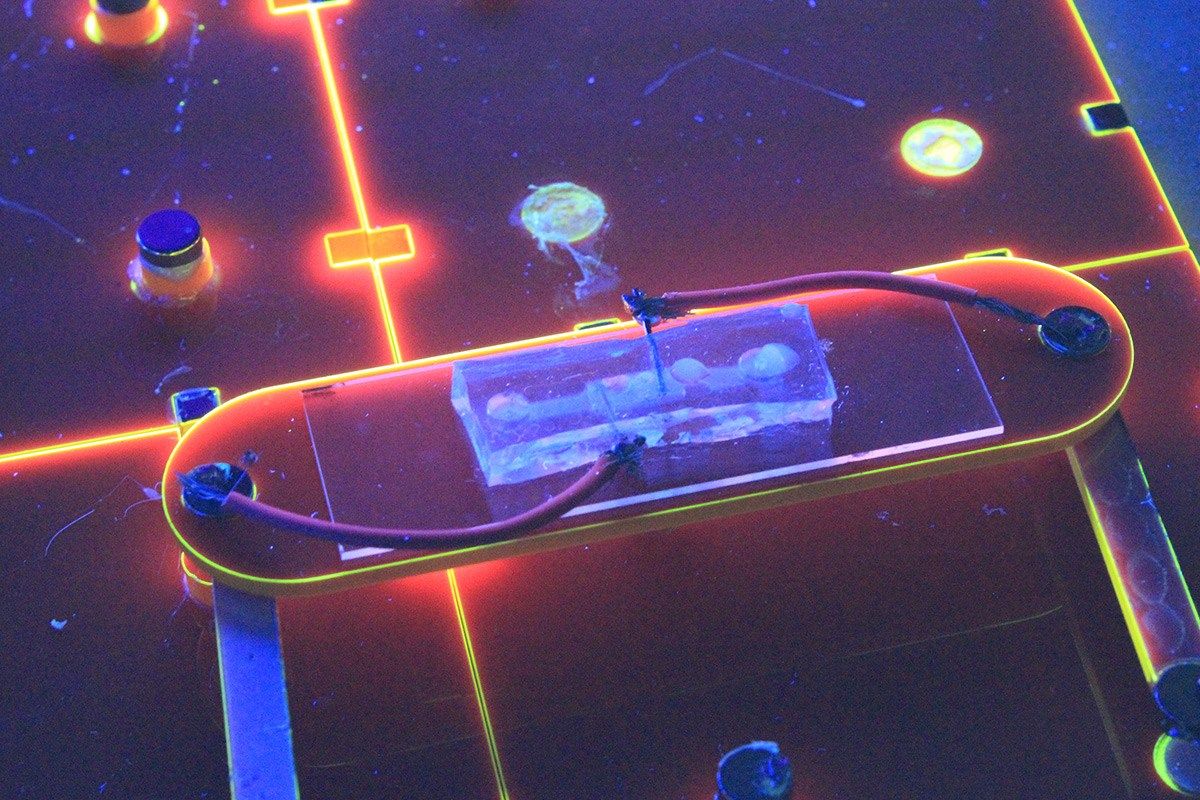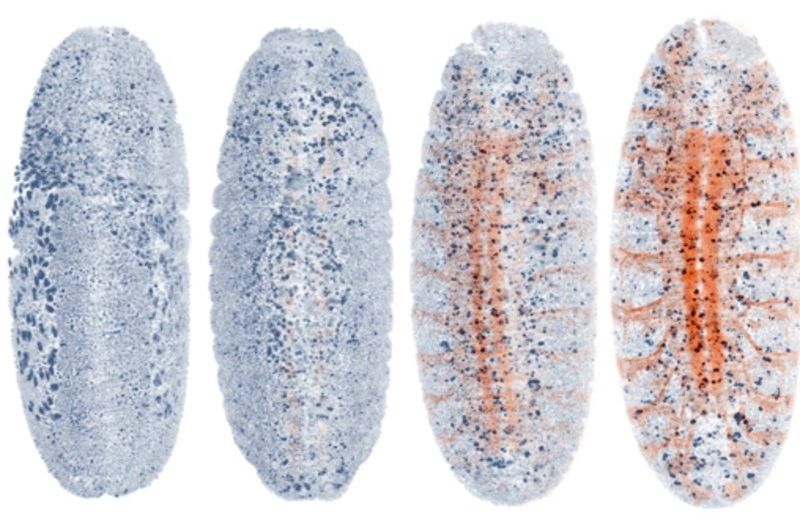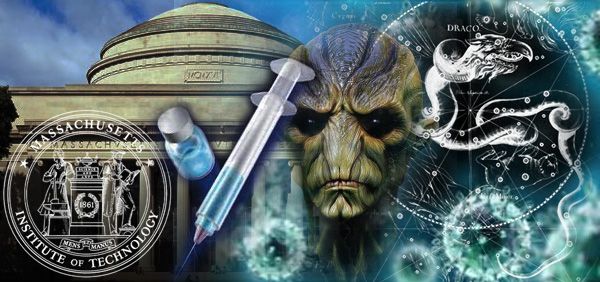Nov 25, 2016
For the First Time, Living Cells Have Formed Carbon-Silicon Bonds
Posted by Klaus Baldauf in categories: biological, computing
Scientists have managed to coax living cells into making carbon-silicon bonds, demonstrating for the first time that nature can incorporate silicon — one of the most abundant elements on Earth — into the building blocks of life.
While chemists have achieved carbon-silicon bonds before — they’re found in everything from paints and semiconductors to computer and TV screens — they’ve so far never been found in nature, and these new cells could help us understand more about the possibility of silicon-based life elsewhere in the Universe.
After oxygen, silicon is the second most abundant element in Earth’s crust, and yet it has nothing to do with biological life.
Continue reading “For the First Time, Living Cells Have Formed Carbon-Silicon Bonds” »
